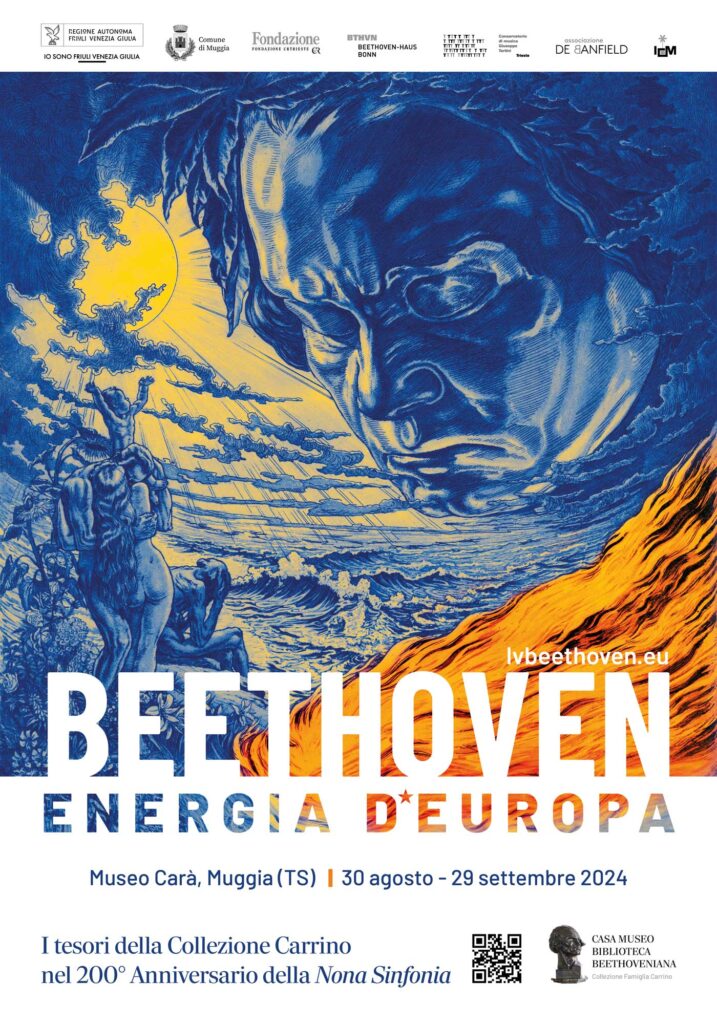Beethoven. Energy of Europe
The treasures of the Carrino Collection
marking the 200th anniversary of the Ninth Symphony
WHERE, WHEN
Museo d’Arte Moderna Ugo Carà
Muggia (TS)
Via Roma, 9
OPENING HOURS:
From 30 August to 29 September 2024
From Wednesday to Sunday: 10am-12pm, 4pm-7pm
Entrance free of chargeInauguration: Friday 30 August, 6.00 pm
Guided tours: Sunday 1 September, 5-6.30pm; every Saturday in September, 5-6.30pm
Entrance with ticketTicket available at the Muggia infopoint or on the TurismoFVG website for six €.
It is not possible to purchase a guided tour ticket directly at the museum.
INFO:
+39 040 274196
+39 348 5807227
info@lvbeethoven.eu
It has been 200 years since that 7 March 1824, when the Kärntnertortheater (Carinthian Gate Theatre) in Vienna hosted the first performance of Beethoven’s Ninth Symphony.
The prestigious theatre was demolished in 1870, but that event and the symphony left an enduring mark.
With its Ninth Symphony, Beethoven delivered to the world a musical Monument, “one of the most precedent-shattering and influential compositions in the history of music” (Harvey Sachs) that “celebrates and rekindles the revolutionary flame” (Maynard Solomon) to express “his Utopian faith in mankind and in the power of Art to redeem the world” (Lewis Lockwood). It is a masterpiece that opens musical pathways “so innovative that many have struggled to understand them” (Giovanni Bietti), such as the inclusion of a Choir in a Symphony: the “Ode to Joy”, set to music on the text by the German poet Friedrich von Schiller, and destined to become the European Anthem.
Loved, debated, criticised, the Ninth Symphony became a universal treasure, not only because of its musical value, but also because of its ethical and philosophical significance and immense energy. It is a journey in four movements from the shadows to the light, from the dark, conflicting forces that struggle within individuals and communities to the aspiration to overcome pain and lacerations in an embrace of universal brotherhood. A tension that lifts humanity upwards towards the schöner Götterfunken, the “beautiful divine spark” of joy.
With the support of Regione Friuli Venezia Giulia and a partnership with the Municipality of Muggia, the 200th anniversary of the Ninth Symphony offers a unique opportunity. For the first time the Beethoven Library House Museum in Muggia is opening to the public the treasures of the Carrino Collection, the largest private collection in Europe dedicated to the Myth of the German musical genius.
The Collection is a unique assortment possessing documentary value and artistic quality that takes visitors on a journey beginning with the Ninth Symphony and embraces many aspects of Beethoven’s world, including some surprising ties with Trieste. Above all, it is a tribute to a genius that is a shining light for our continent and the whole of humanity. For the value of his titanic, revolutionary work.
For the courage and determination of a man capable of creating the most sublime music while suffering the torment of deafness. For the energy that continues to emanate from Ludwig van Beethoven: eternal legend, source of artistic inspiration and light of hope.
THE EXHIBITION
A journey in four movements
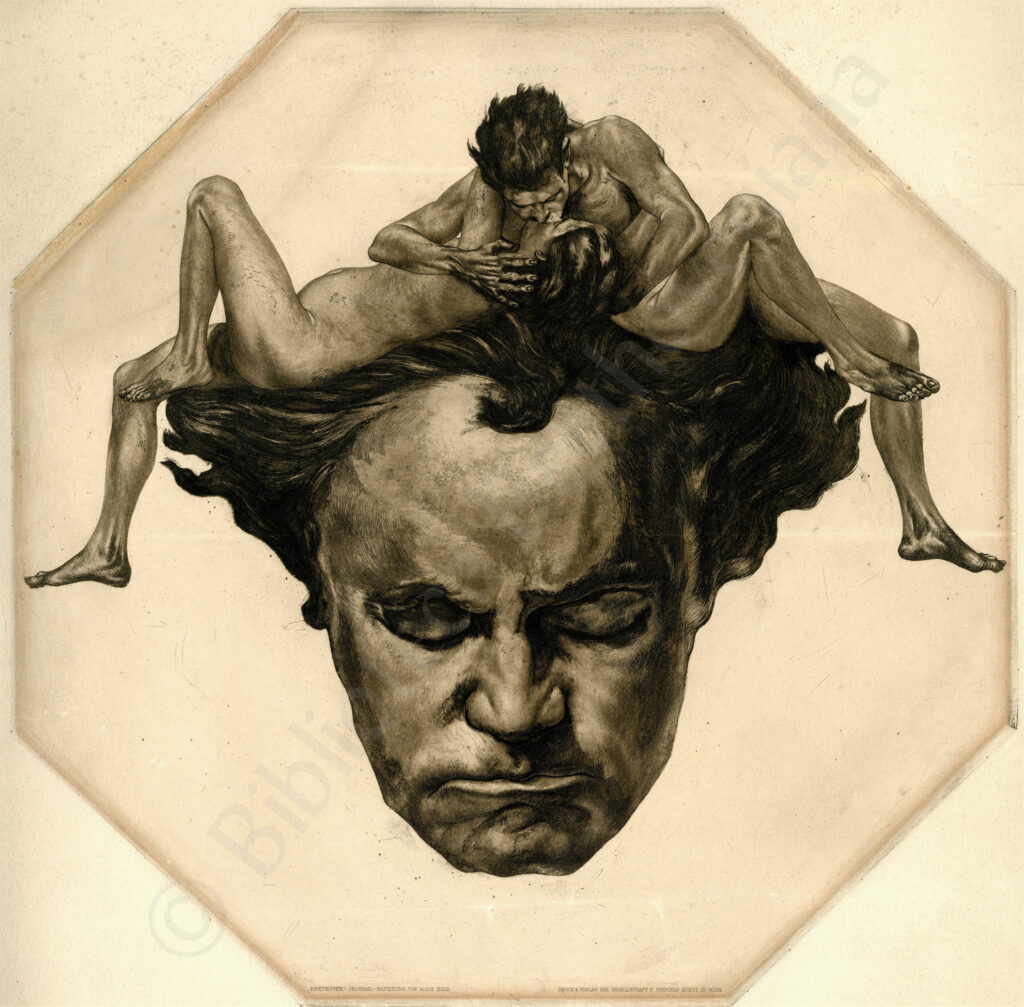
Alois Kolb, The kiss of the whole world, 1909
1
History and visions of the Ninth Symphony
The first part of the exhibition is dedicated to the Ninth Symphony, with a precious selection of exhibits from the Carrino Collection that document the work from a historical and artistic point of view. Of particular interest are various graphic works created between the nineteenth and twentieth centuries, which interpret Beethoven’s masterpiece from a symbolic and visionary perspective.
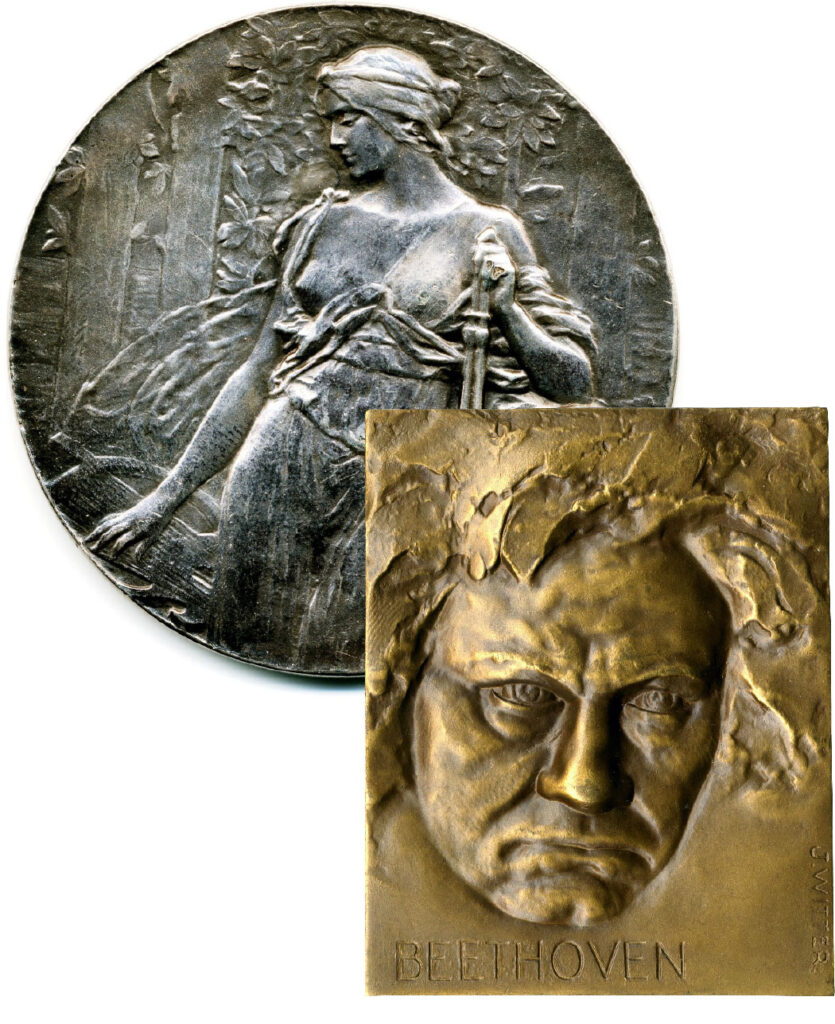
J. Witter, bronze plate, 1927
Rudolph Mayer, Silver medallion, 1903
2
Beethoven and the collector
The journey continues exploring the relationship between the world of Beethoven and the eyes of the collector: an invitation to discover and view the beauty in the detail. Visitors enter the little-discovered world of miniature works of art, such as ex-libris and medals, with the Carrino Collection presenting the most important Beethovenian examples in the world.

Rudolf Alfred Höger, Beethoven in Heiligenstadt wood, late nineteenth century
3
The world and faces of a Myth
A large section is dedicated to Beethoven himself, his relationship with nature, and the drama of his deafness, which he faced heroically. The many artistic works that have immortalised and transformed his face.
His Myth, which influenced politics, customs and even advertising, becoming a “product” in everyday life, suspended between veneration and desecration.

W. Steffens, The sailing ship Beethoven, 1912
4
In Trieste with Beethoven
A tribute to Beethoven’s relationship with Trieste, a city which the composer never visited, but to which he is tied by a unique set of circumstances. An impossible platonic love. The story of the greatest Beethovenian biographer, an American consul who lived and died in Trieste. The mysterious disappearance in the Pacific of the sailing ship “Beethoven”, of the Trieste Nautical Institute…
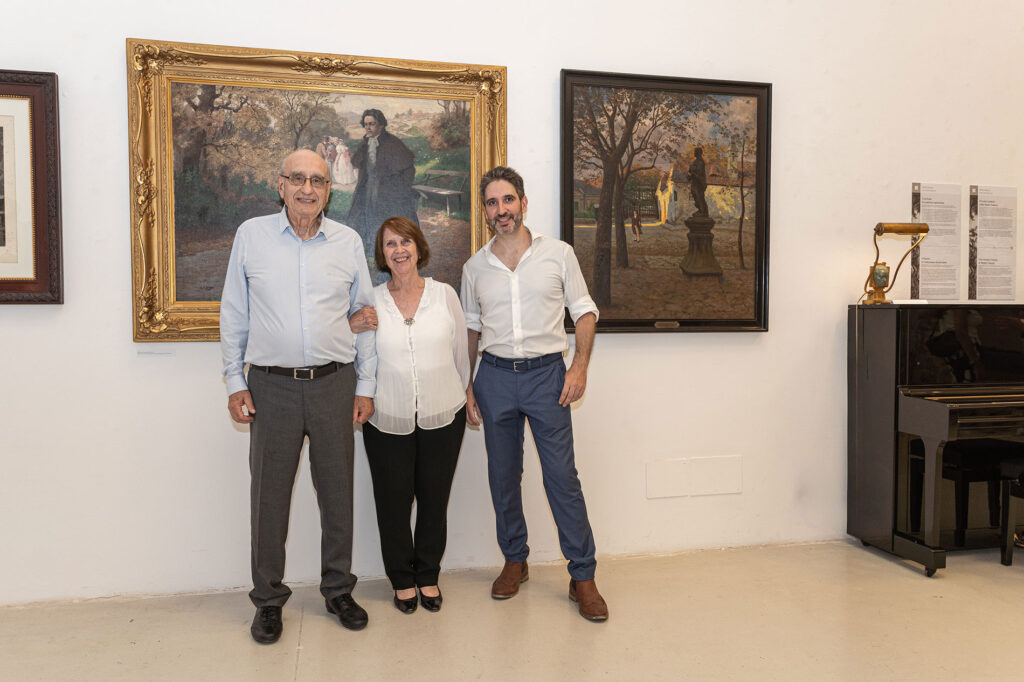





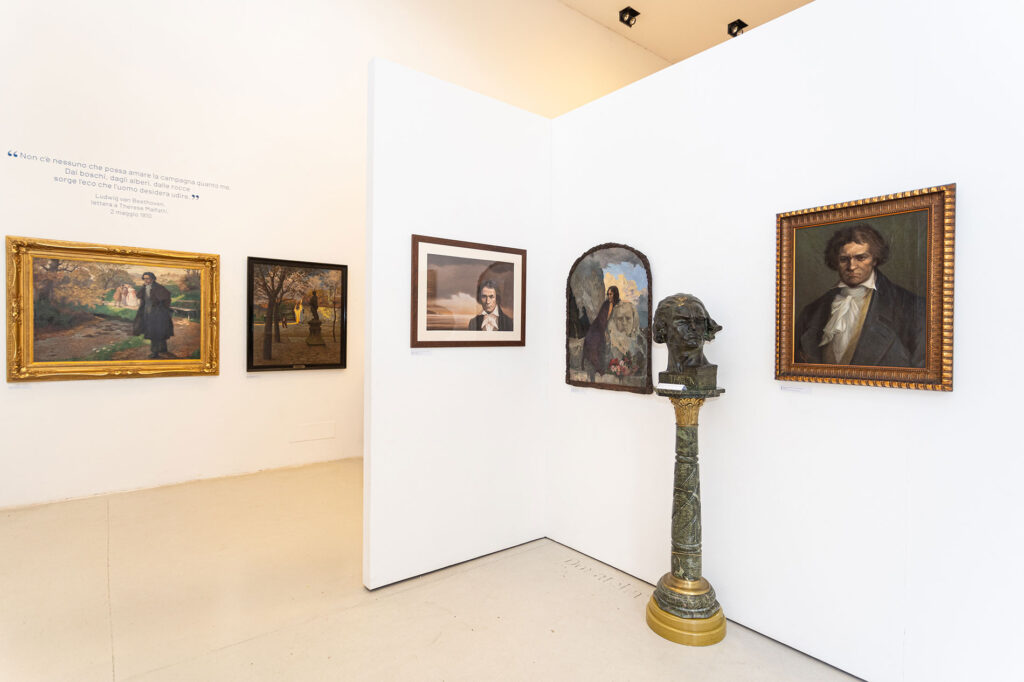
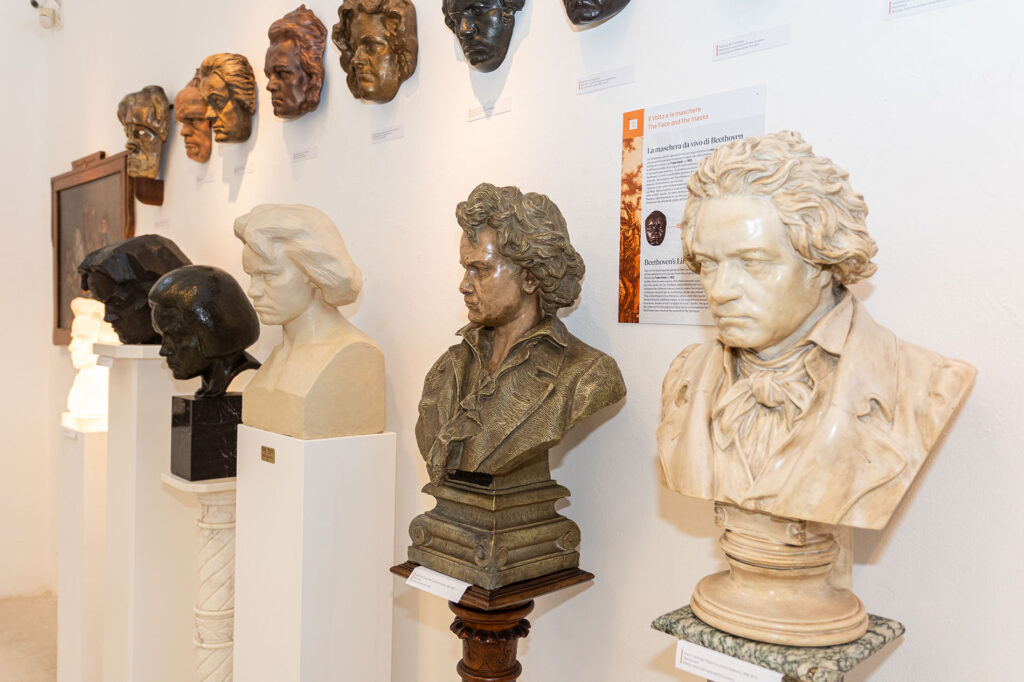
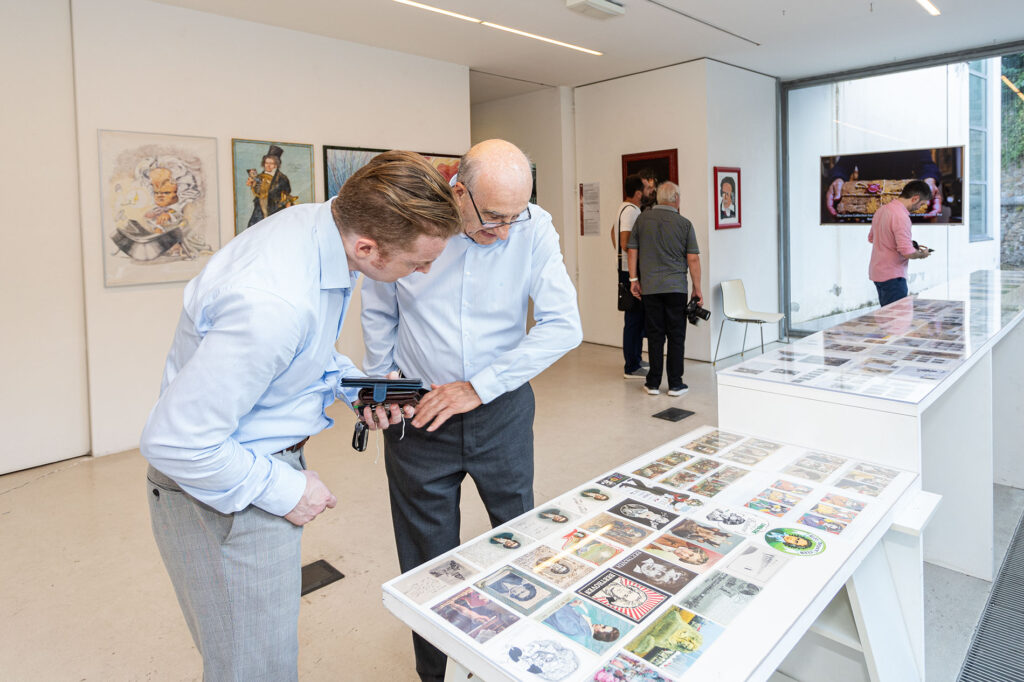


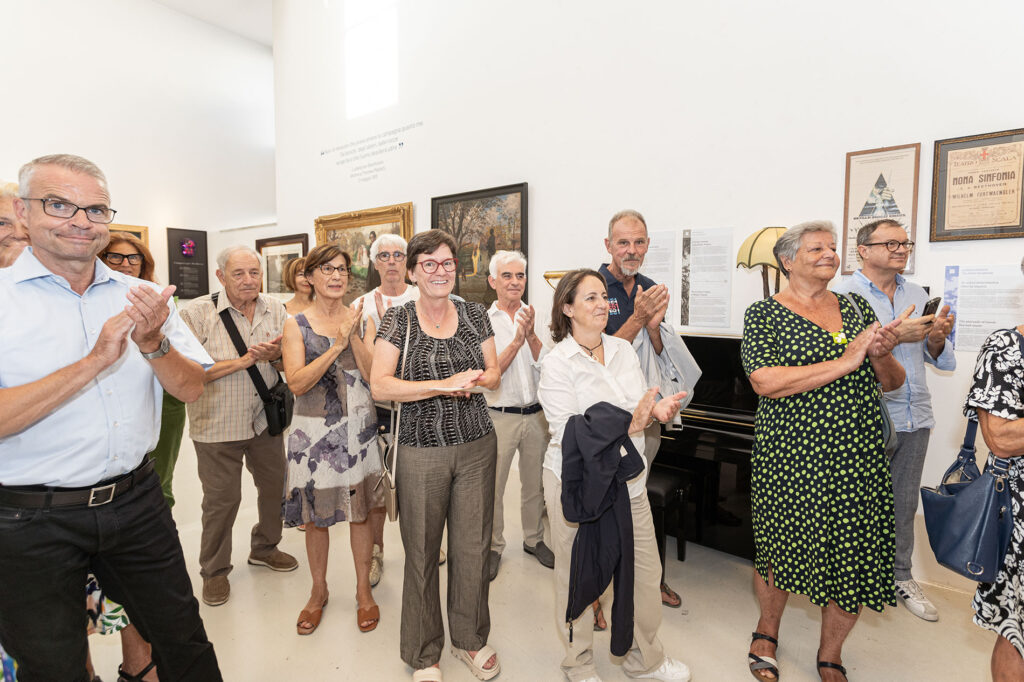

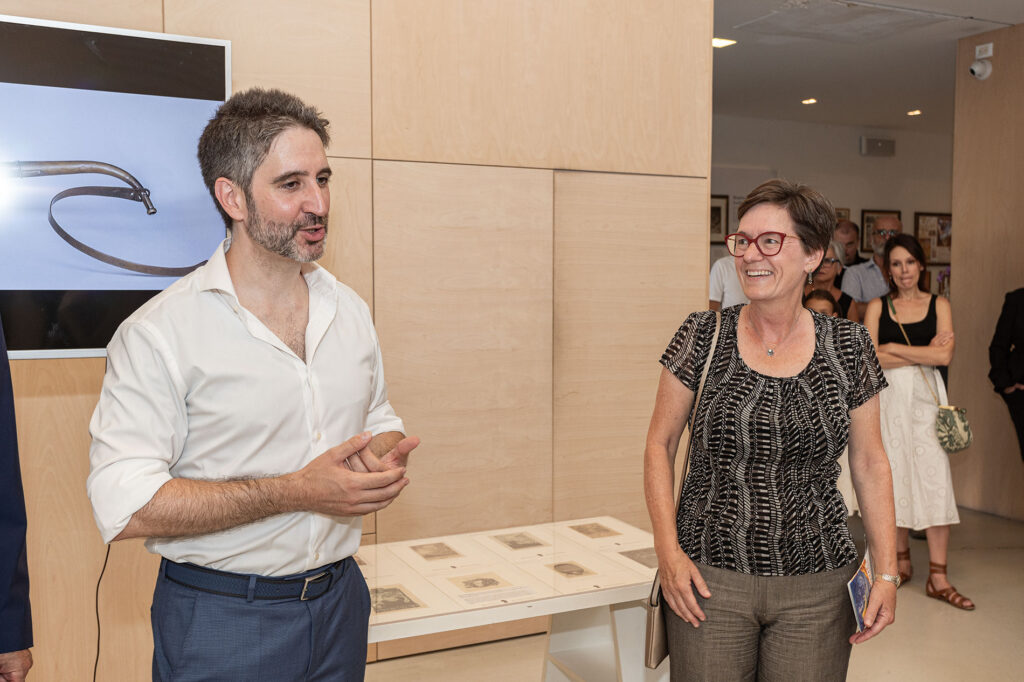


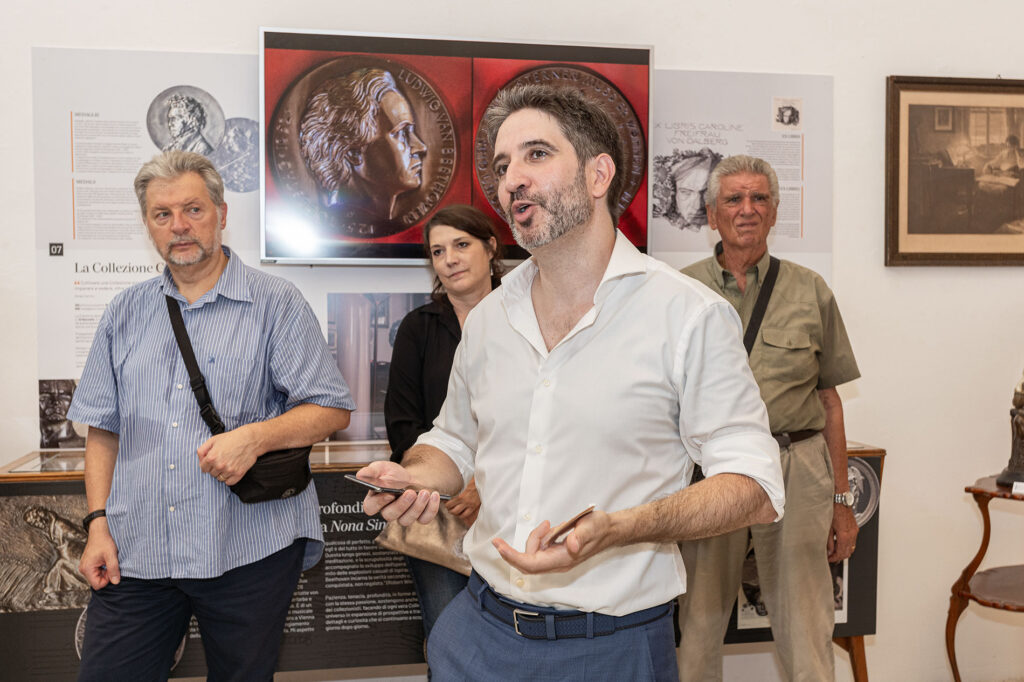
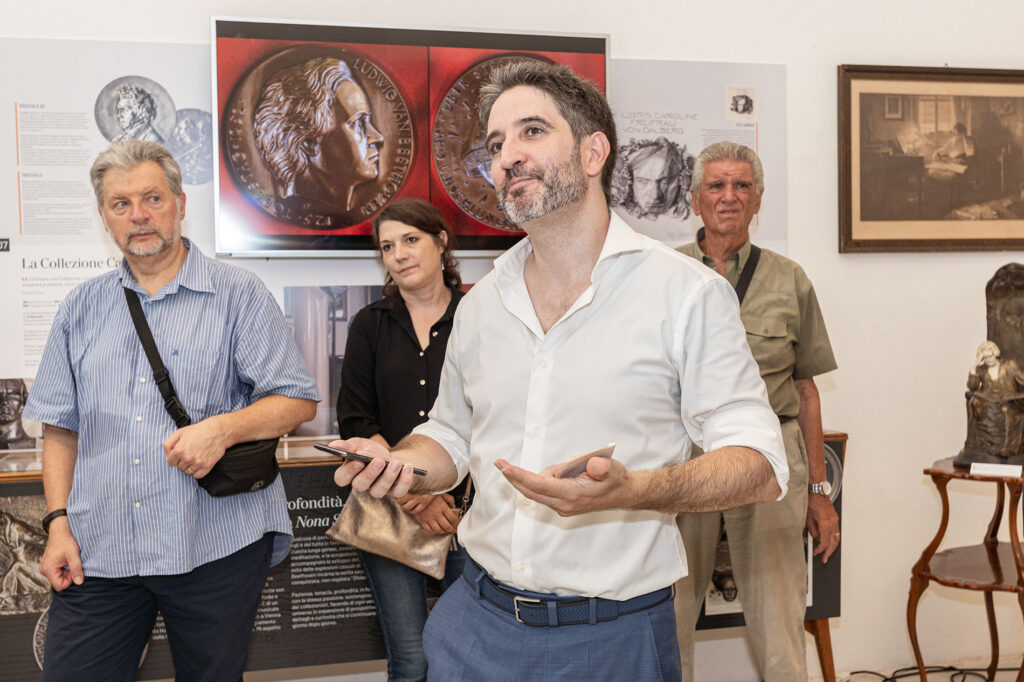

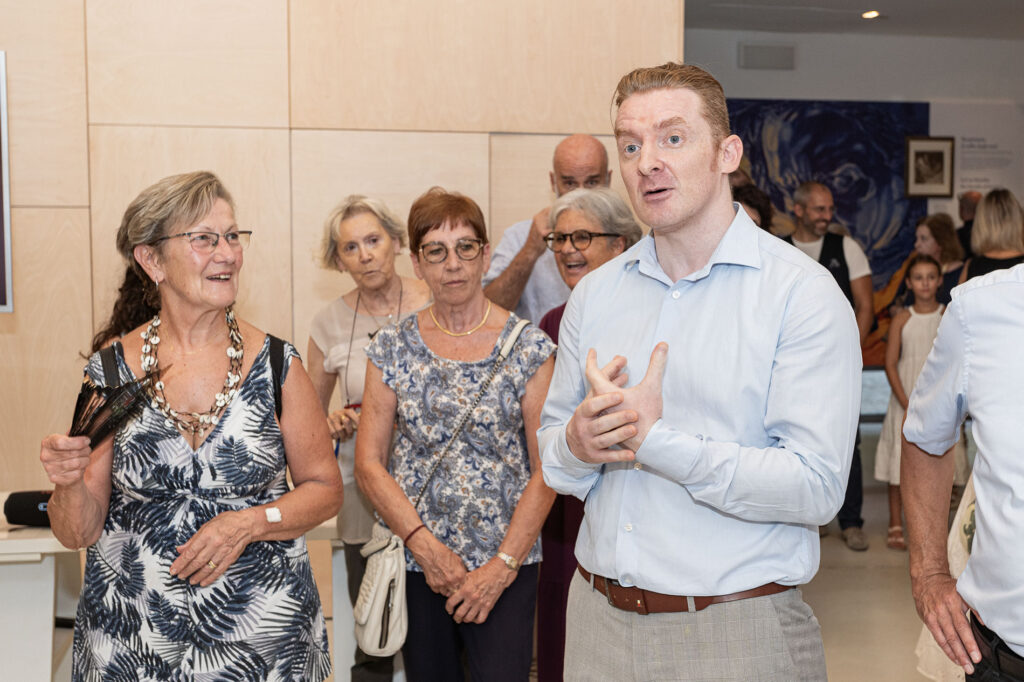
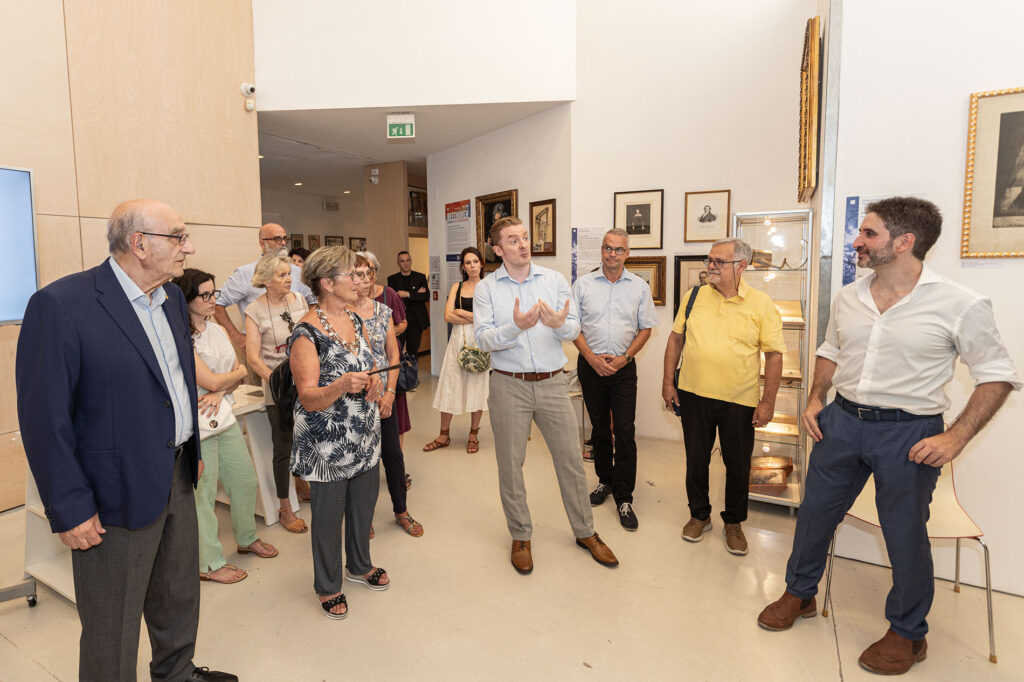

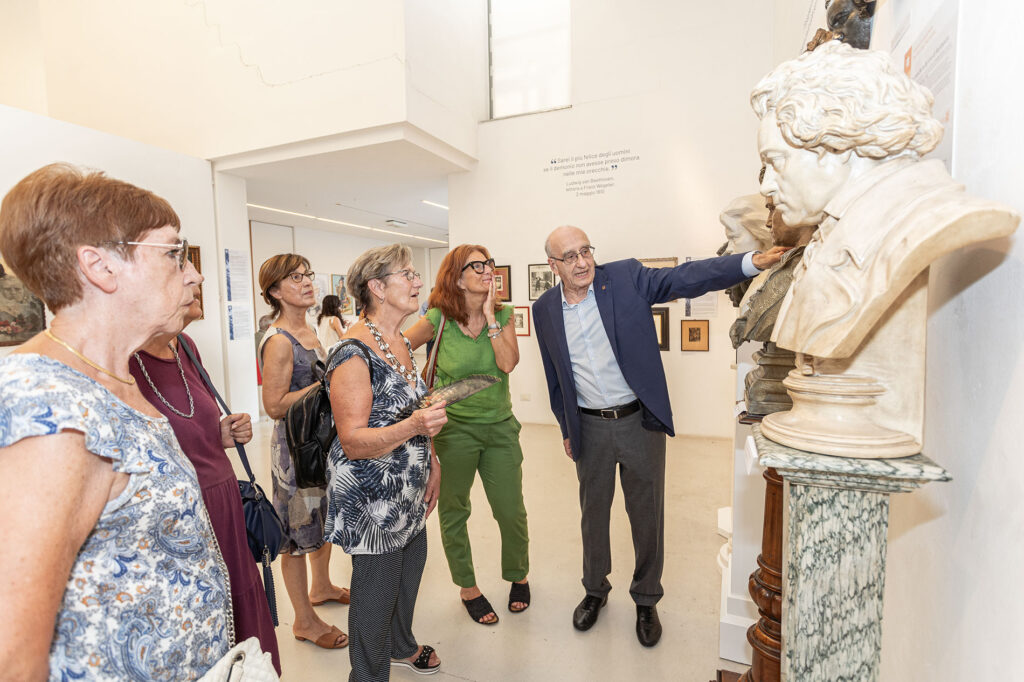
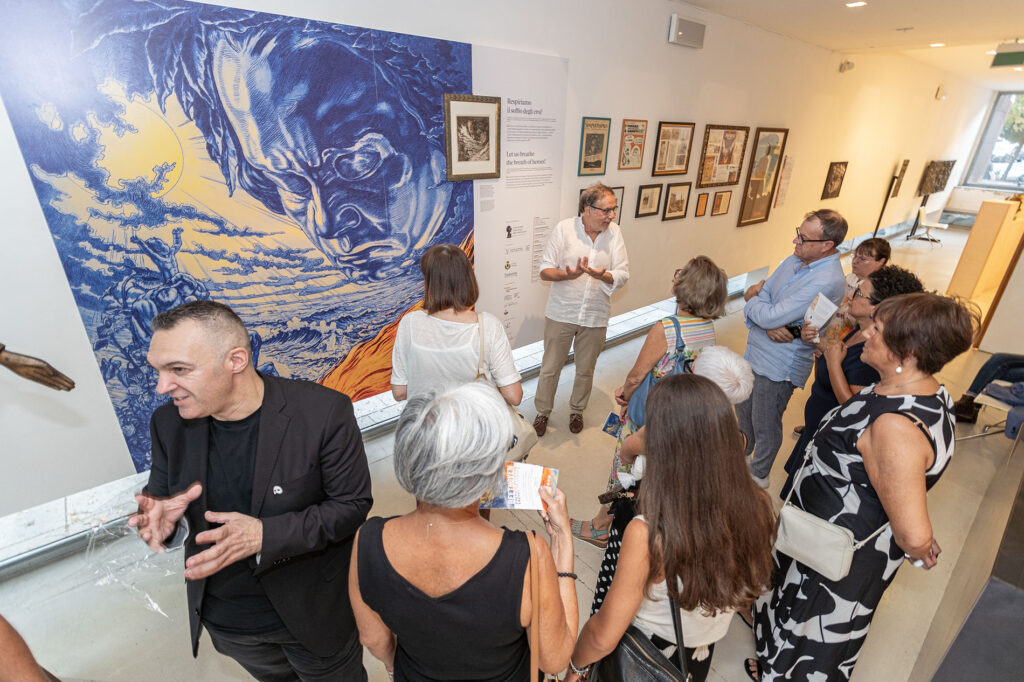



Con il sostegno di
Comune di Muggia
Con il contributo della
Con la collaborazione di

